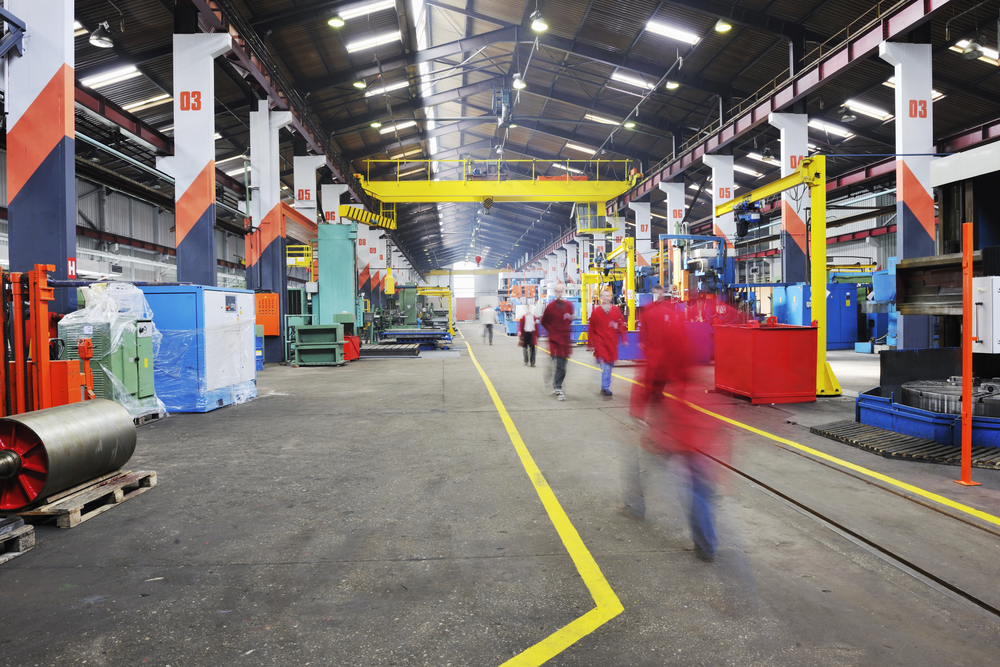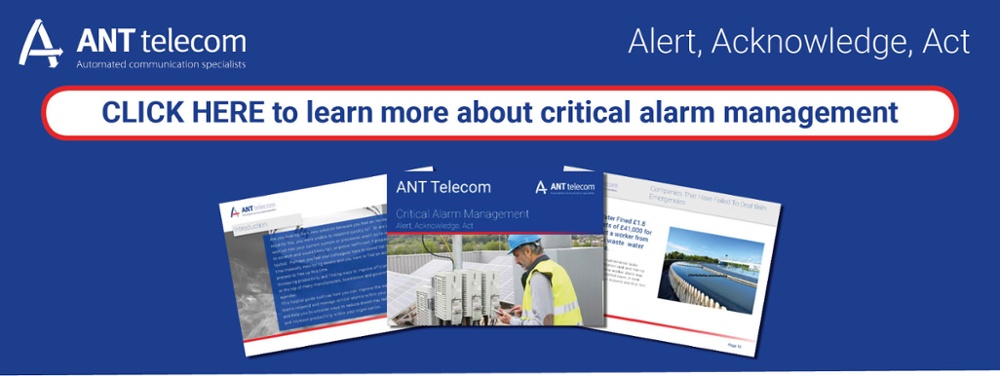
All good businesses try to strive for a high level of health and safety and using a good alarm system is one way to do that, especially in facilities that have a large number of potential hazards. However, alarm management systems can often be improved, especially as technology becomes more reliable in offering comprehensive solutions for dealing with things such as raising an alarm, contacting responders and notifying high-level personnel.
An alarm will often just consist of manual switches that need to be activated by staff in order to quickly alert others to an incident. This creates a situation where communication regarding a problem can quickly break down or the alarm may not be activated at all. Alternatively, staff may be situated in a control room and be tasked with monitoring an array of sensors and displays, waiting for an error to occur. An automated critical alarm management system can sidestep a lot of the problems that manual alarms can present. These include things such as slow reaction speeds, confusion as to how to deal with the problem etc. Whilst many of these issues can stem from the actual hardware used in the alarm system, most of the problems arise from the overuse of personnel in safety-related roles.
Click here to read everything you need to know about critical alarm management
There are many issues associated with using staff for managing alarms, no matter the size of the facility in question or the processes in place. The main reason for this is simple: human error. Critical incidents can result in reactions that cannot necessarily be planned for and can even negate the ability of staff to effectively respond to a situation. Firstly, a major incident can cause even experienced and well-trained staff to panic and overlook key steps in their incident management plans, or abandon them altogether. This can result in a slow, impaired or even non-existent response from personnel trained to deal with the situation. This is commonly seen in fires, where key staff will often take the precaution of removing themselves from harm’s way before they seek to notify others, resulting in further damage to a worksite or even loss of life. Secondly, a serious incident may even be beyond the ability of on-site response teams to deal with, instead requiring the attention of the emergency services. However, due to the amount of time needed for workers to establish that this is the case and then relay that information to the appropriate manager for action to be taken, the eventual response will be markedly delayed. An automated alarm management system can bypass some of these issues, enabling a response to be mounted and the appropriate staff to be informed, no matter what the situation on the ground is.
On a day-to-day basis however, an alarm management system will also provide oversight for potential production or workflow issues – alerting staff to potential problems as they appear. If an alarm is left to be monitored and dealt with just by control room personnel, the chances increase of a lapse in concentration causing an alarm to be ignored or missed entirely. This can have cascading effects on efficiency and coordination for many departments within a single organisation, especially in time-sensitive environments such as warehouses, production lines and logistics centres. As such, we need to find an effective solution for minimising potential downtime.
So what kind of improvements can we utilise in order to make our alarm management system as comprehensive as possible, whilst also using up the least amount of personnel-hours both in terms of time needed to actively monitor them and to respond? The first step is automating the response. This can be done by having a critical alarm management system send incident notifications straight to members of a response team, using a PC, phone or other messaging device as an instant point of contact. Not only does this cut down on the number of steps needed to actually start dealing with an urgent problem, but it also ensures that even if a control room operator is indisposed (.e.g. distracted, dealing with another incident) the system will still ensure that processes are followed. Furthermore, if no acknowledgement is forthcoming from the response team or control room staff, the system will automatically escalate an alarm after a predetermined time period, making sure that senior staff are made aware and can start to act within minutes. Effectively, this means that the system will eliminate the risk of human error leaving a situation untended to, something that a standard alarm setup will be unable to do.
Additionally, a critical alarm management system improves workplace efficiency and allows staff to know that an issue is being dealt with. Notifications sent from the alarm system automatically will keep managers updated, allowing them to be better informed about the situation and have the necessary information at their disposal to make decisions. This not only curbs downtime and associated costs, but also decreases the odds of a serious incident having secondary safety impacts on staff who may otherwise be distracted or left without cover from response teams if an alarm management system was not automated. In this manner, potential liability problems can also be averted.
Another improvement that can be gained via a critical alarm management system is a clear two-way flow of information. This means that response staff may provide updates about the situation as it develops. Due to the efficient flow of data through an automated system, senior managers can keep tabs on an incident much easier than if they were reliant on legacy systems such as telephone trees or simple word of mouth, as only essential staff are directly included. A centralised means of communications cuts down on unnecessary information being added to the mix and can eliminate much of the uncertainty when staff are required to make quick decisions.
So, by using a critical alarm management system, we can drastically improve workplace safety, cut down on the workload placed on the shoulders of control room staff and ensure a more efficient response to any incident. Whilst alarm systems undoubtedly have their place for monitoring equipment and potential fires, increasingly complex industrial facilities can be much better served by a comprehensive automated system that can react to a wide variety of threats in a timely manner.





